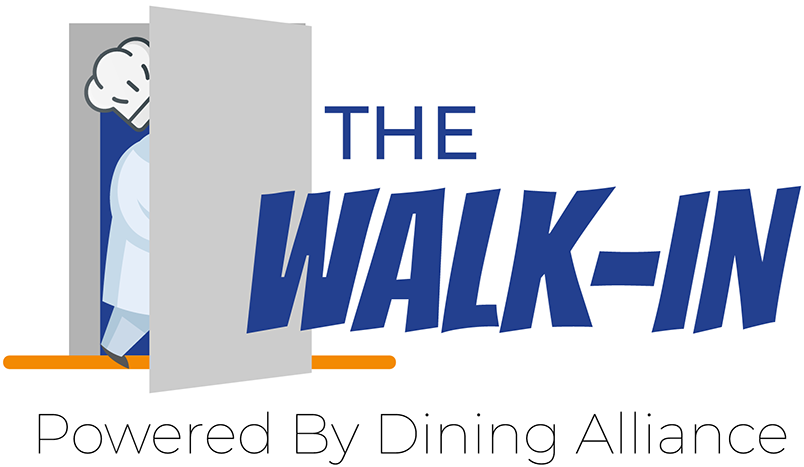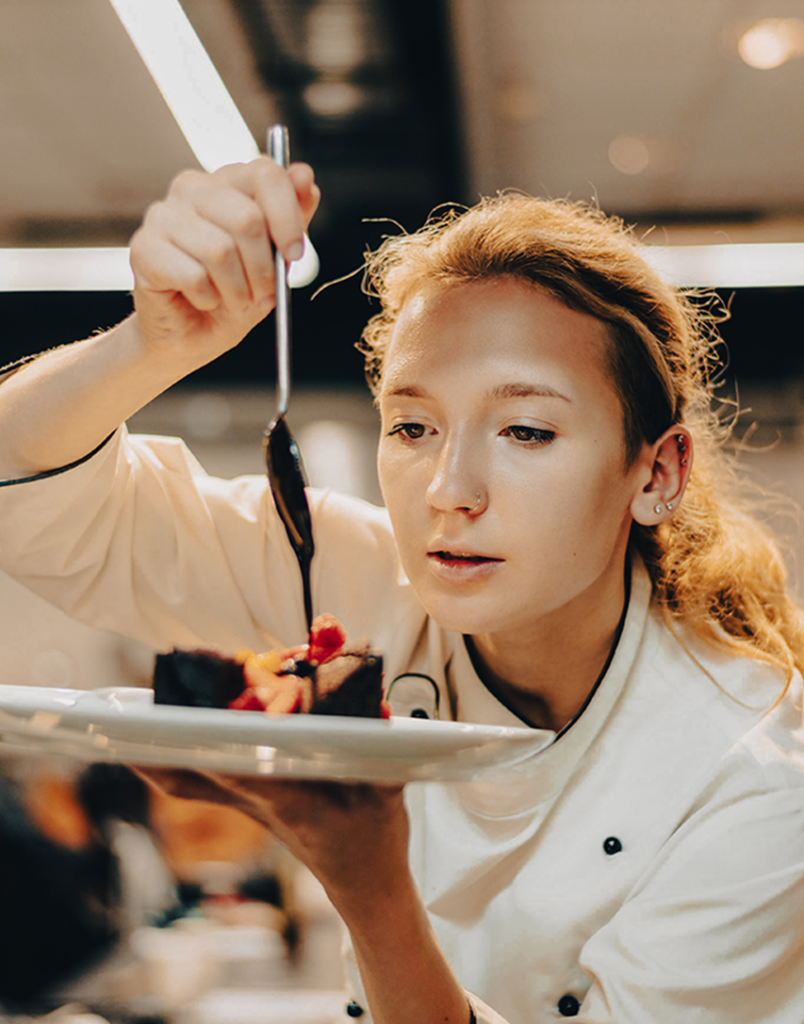Would you know your exact food cost if someone put you on the spot right now?
Food cost is one of the biggest factors of your restaurant’s success. Knowing what it is affects everything from how you price out your menu to what you order on a weekly basis.
Understanding your food cost is especially important during these unprecedented times as many restaurant owners are counting pennies and doing everything in their power to maximize profits.
Most restaurant managers are probably exhausted and stretched thin on time. They’re facing supply chain shortages and staffing issues while doing everything in their power to stay profitable.
Lucky for you, there’s light at the end of the tunnel!
Dining Alliance’s Food Cost Management technology helps you get a handle on food costs. We want you to become more profitable while saving time by following these restaurant basics and implementing some killer technology in the process.
Ready to streamline your operations and put time back on your calendar?
Let’s jump in!
What is restaurant food cost?
When we talk about Food Costs, we are typically referring to Plate Costs (recipe costs) and Cost of Goods Sold(COGS)
Plate Cost is the amount a specific menu item actually costs you to make. This is calculated by measuring out every ingredient that goes into the dish and the price of the ingredient. In short, it’s the cost of all ingredients added together.
Cost of Goods Sold (COGS) is the total food cost over a period of time, maybe a week, or even a month. The formula to determine your COGSis (Beginning Inventory + Purchases) – Ending Inventory.
What is restaurant food cost percentage?
Food cost is typically expressed as a percentage, hence the term Food Cost Percentage. The rule of thumb is to aim around a 30%, though this could change depending on the type of operation you’re running.
To calculate your this percentage, you would take your total costs for a specific period of time (how much you spent) and divide it by the total sales for that same period and multiply by 100.
What’s the difference between food cost and prime cost?
Perhaps you’ve heard the terms Food Cost and Prime Cost but never understood the difference.
Food Costs are used to calculate Prime Costs.
Your Prime Cost equals your total direct cost of production (raw materials and labor). Your raw materials include things like food and alcohol. Labor costs include things like salary, taxes and benefits.
Because a restaurant’s Prime Cost is one of their largest expenses, by controlling and lowering your prime cost, you can directly increase your bottom line.
Why should I care?
Knowing your food cost is essential to running a successful restaurant. It is another very large expense your restaurant will incur so learning how to control it will allow you to be more profitable.
It is also important to know for when you’re pricing out your menu. Pricing out your menu accurately will ensure you’re hitting the margins you’re aiming for.
Lastly, it affects your prime cost. You have control over your prime cost, which are things like labor or raw materials. What this means for you is that when you notice your food cost rising, you will be able to tighten the strings in other areas to help improve profitability.
Now what?
Traditionally, the above calculations are done manually. That’s right, painstakingly entering numbers into a spreadsheet on a consistent basis. So much fun! And, if you aren’t consistent, these spreadsheets fall apart and become useless.
The problem with doing the calculations manually is that our industry is changing so fast and on top of that, it’s very chaotic, so it becomes double the work.
Time constraints don’t allow you to spend hours in front of a computer to update invoice prices and sales numbers. Not to mention, unexpected problems also occur in the restaurant industry, such as, your cook calling out or your grease trap deciding to go on vacation. Plus, you have hungry guests to feed! There’s no time to stop and calculate.
Dining Alliance Food Cost Management System technology gives operators the insights they need to make better decisions without all the manual data entry. Why not take advantage of that?
Schedule a live walkthrough of the Dining Alliance Food Cost Management technology today!








